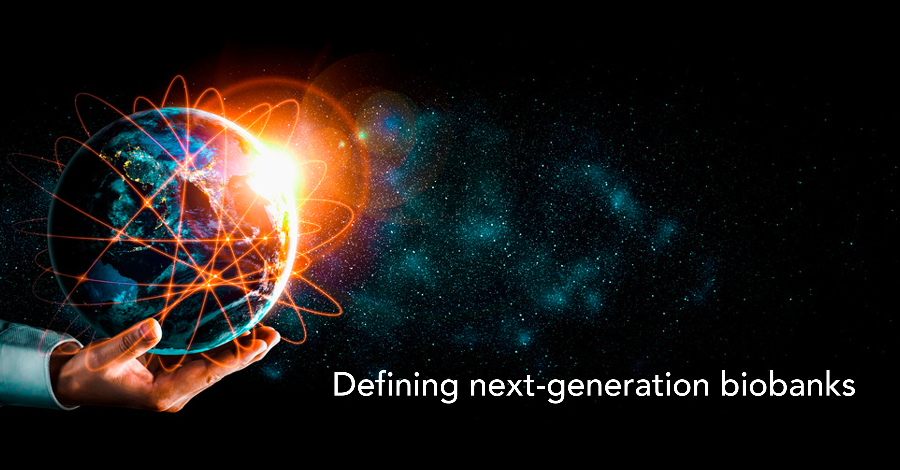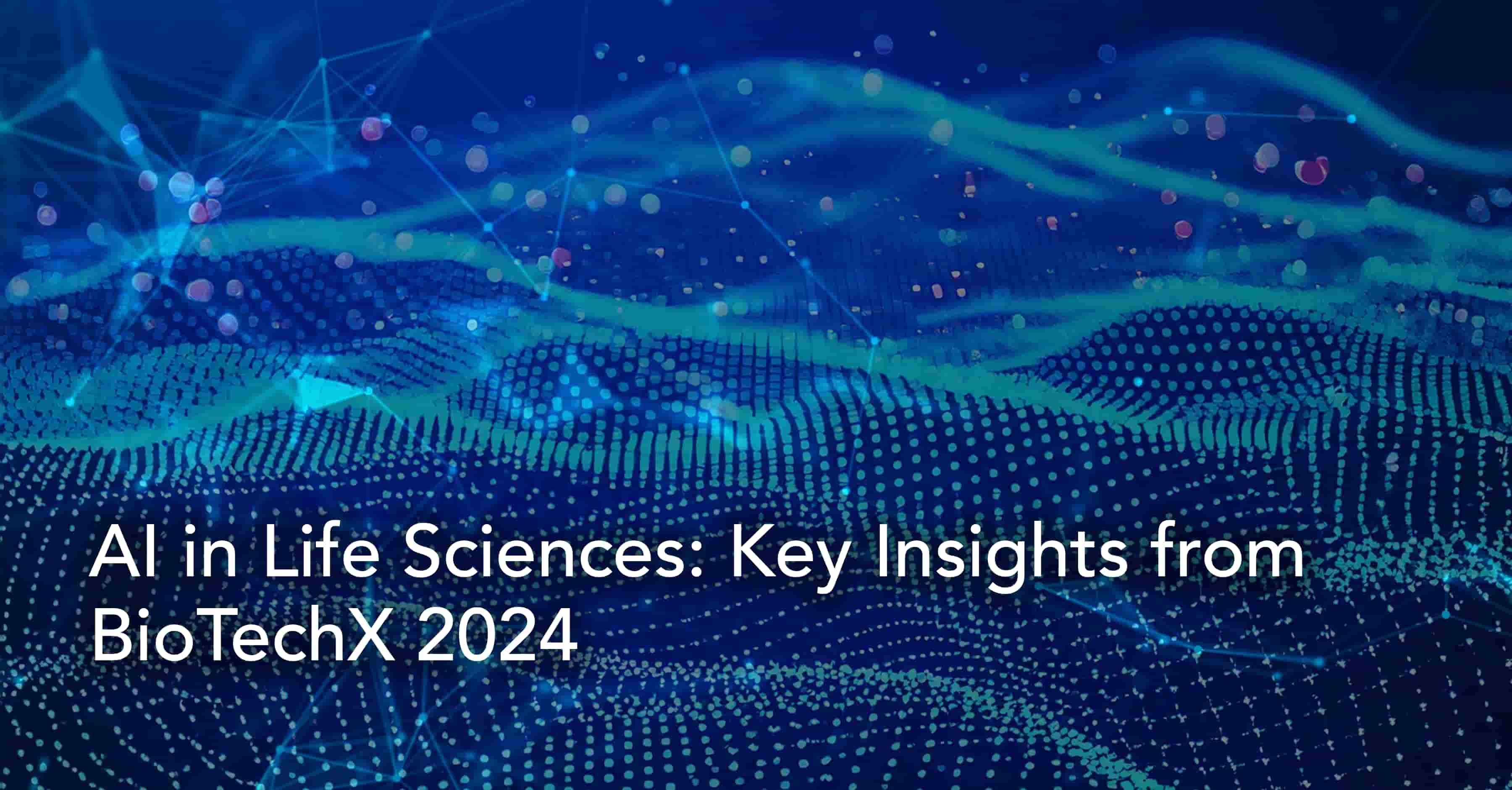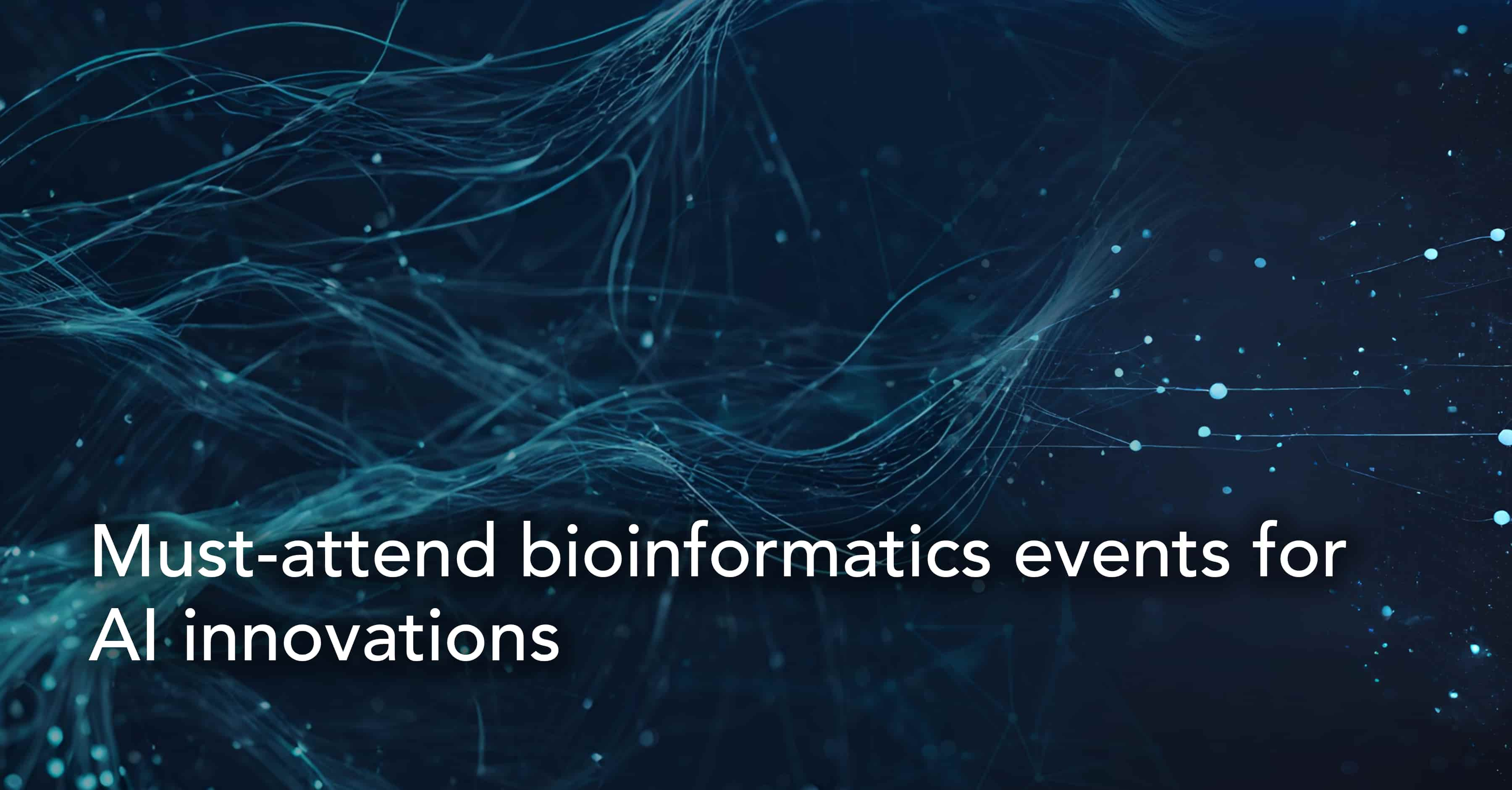Defining next-generation biobanks

Since the term was first introduced in the mid-nineties, biobanking has evolved significantly from the initial image of standalone freezer farms dedicated to specific studies to global biological data repositories that play a critical role in many areas including personalized medicine, clinical care, biomarker discovery and validation, drug development, and clinical trials.
One of the first formal definitions of the concept of biobanking came in 2006 from the OECD which described them broadly as an organized collection of biological material and associated data for a population.
A couple of years later, the OECD published more detailed recommendations for human biobanks and genetic research databases along with an expanded definition of biobanking that emphasized their role as “structured resources” of “human biological materials” and “extensive associated information” to advance genetic research.
A 2018 ISO (International Organization for Standardization) document detailing the general requirements of biobanking defined biobanks as legal entities involved in the acquisition, analysis and distribution of biological material and all related information and data. This document, together with a supplementary technical report in 2020, provides a framework to enhance the quality of collecting, storing and sharing biological material, amplify collaborative outcomes, strengthen trust and advance research and development.
The current pandemic has helped spotlight the value of biobanks in fostering global collaboration and accelerating research and development. Faced with this enormous challenge, biobanks have been extremely successful in providing the global scientific community with access to the SARS-CoV-2 virus genome and facilitating the development of effective vaccines in record times.
Though most biobanking operations were not prepared, operationally or financially, to deal with this degree of disruption, the pandemic has provided the learning experience required to conceptualize and create the frameworks and guidelines for the next evolutionary cycle of biobanks. This will be critical not just in terms of productively addressing the clinical priorities of the next crisis but also to cope with the data demand of precision medicine and drug development.
It is therefore time for next-generation biobanking.
Next Generation Biobanking - an overview
Though most biobanks have outgrown the conventional freezer farm image, traditional biobanking still faces three key challenges stemming primarily from the big data demands of biomarker-based precision medicine research.
First, expertise in operations and inventory management is table stakes. Going forward, the focus has to be on creating richer biospecimens-linked data repositories that enable a more productive utilization of biological material.
Second, as data becomes more sensitive there needs to be a greater emphasis on data governance, privacy control and compliance.
And third, biobanking infrastructure needs to be oriented towards facilitating distributed research involving multiple investigators and institutions while ensuring robust data security and streamlined data integration and harmonization.
These challenges of traditional biobanks provide the template with which to define the four key attributes of next-generation biobanking.
- Enriching biospecimens with relevant granular information: High-level biological research requires rich data sets that include comprehensive molecular and clinical data and metadata linked to the biospecimens. Next-generation biobanks will have to focus not just on the efficient collection, storage and distribution of biological data but also on enhancing the potential value of these data sets in extracting scientific insights.
- Ensuring robust access, security and compliance: As the data becomes richer and more fine-grained, next-generation biobanks will prioritize access and security controls that ensure compliance with regulatory guidelines.
- Facilitating collaborative and distributed research: Next-generation biobanks will have to provide the technological infrastructure required to support distributed research networks involving multiple researchers, biobanks, bioinformatics vendors and other research partners.
- Accelerating the generation of scientific insights: Key to realizing the value of next-generation biobanking is the availability of powerful next-generation analytics solutions that facilitate data exploration and hypothesis-driven research without programming or IT support.
There is already a movement well underway to create biobanking nodes that provide the digital research infrastructure, harmonize quality and compliance standards and enable collaborative research involving multiple stakeholders. For instance, there is the BBMRI-ERIC, a European research infrastructure for biobanking established in 2013, that connects all key stakeholders in biological research, including researchers, biobanks, industry, and patients, in order to boost biomedical research.
The German Biobank Node (GBN), a centralized cooperation platform for the German biobank community, represents the community's interests in BBMRI-ERIC. In 2015, the UK joined BBMRI-ERIC with a view to increasing the quality, visibility and accessibility of its UK’s world-class human tissue and biosample collections. Today, BBMRI-ERIC is one of the largest research infrastructures in the biomedical sciences, comprising 20 member states and the World Health Organization.
The development of these national and regional biobank networks has resulted in the development of more unified frameworks to collect and harmonize data, ensure security and compliance and to enhance collaboration across the research community. However, realizing the full potential of next-generation biobanks will require next-generation bioinformatics and analytics platforms that are designed to quickly, efficiently and accurately extract insights from vast volumes of biological data.
Biobanking with BioStrand
The BioStrand platform reflects many of the key values that define the potential of next-generation biobanking.
For instance, the platform is designed for the integration and analysis of rich multi-layered data. Our HYFTs™ IP enables us to tokenize all biological data to a common omics data language and make them computable. Plus, HYFTs™ are extremely efficient carriers of biological information, we are able to integrate all data and metadata across all omics layers.
The Biostrand platform is also designed for the one-click normalization and integration of all biological data, including clinical and patient data, and from multiple and disparate data sources, including public, proprietary and biobanking networks. With BioStrand, researchers can easily create a single source of truth by combining all research relevant data sources, datasets, omics layers and all associated metadata.
The BioStrand platform’s hyper-scalable technology, unified analytical framework, advanced AI tools and intuitive UI makes it easier for even non-technical researchers to quickly and easily extract knowledge from biological big data.
And finally, the BioStrand promotes cross-functional collaboration with external users to support distributed, multi-stakeholder research.
Next-generation biobanks are a critical component in the development of collaborative biological research infrastructure. BioStrand enables researchers to quickly and easily tap into this critical data resource and leverage state-of-the-art analytical tools and frameworks to convert vast volumes of information into valuable knowledge and novel insights. Contact us to find out how we can help you integrate biobanks into your research projects.
Subscribe to our Blog and get new articles right after publication into your inbox.
Subscribe to our blog:






